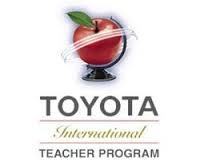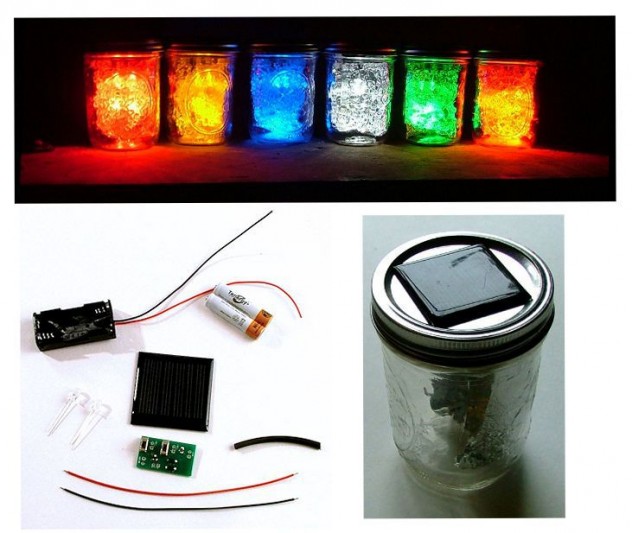From the beginning, our ultimate mission and vision was to provide education and empowerment to disadvantaged youth in the Aspire Youth program in South Africa. Together with Mark’s innate knowledge of the demographics, politics, economics, and culture of South Africa and with Ed’s entrepreneurial, technological, and business skills, our team has developed a “best fit” plan for jumpstarting a youth-driven business in the Cape Town area. In late July 2015, Pam, Ed, and Natalie Macke (another 2011 TITP attendant) will be going back to Cape Town South Africa in order to train and educate the youth involved and personally launch the programs. Pam’s return to South Africa is sponsored by the Fund for Teachers (http://www.fundforteachers.org/), which supports educators’ efforts to develop skills, knowledge and confidence that impact student achievement.
Our plan involves the launching of two small businesses within Aspire Youth:
- The “Peace Lantern” Project – Youth in Aspire Youth will be educated and trained in the technology, manufacturing, and sales of a customized version of the Sunbender Do-it-Yourself Solar LED Jar Light Kit marketed as a South African “Peace Lantern.” Peace Lanterns will be targeted for sale as a novelty, corporate gift, or souvenir targeting the tourist industry. Likewise, Pam and Natalie will host a series of educator workshops where South African teachers will be presented with STEAM focused curricula developed around the construction of a solar powered jar.
- The “Pay As You Go (PAYG) Solar Lighting Project” – Youth in Aspire Youth will be educated and trained in our customized Pay-As-You-Go Photovoltaic module rental and purchase system which uses mobile phone technology and mobile banking infrastructure to electronically pre-pay for their photovoltaic use. A variety of payment and photovoltaic module options will eventually become accessible, depending on the needs of the household and community.



